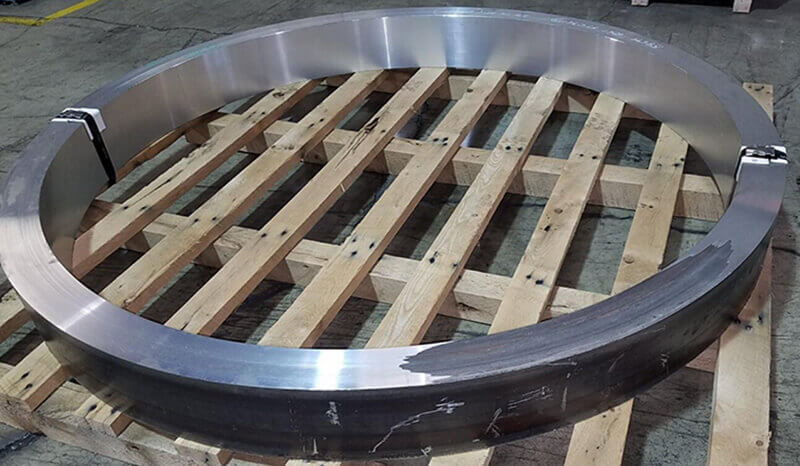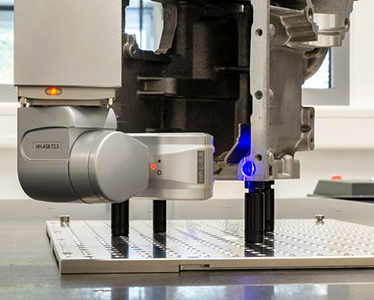Machining Process of Shaft Forgings
2023-10-21
Large forgings, shaft forgings including fan shafts, wind power spindles, train shafts, ship shafts, oil machinery shafts, roll shafts crane wheel shafts, shaft forgings is a common class of parts in the machine. It mainly plays the role of supporting transmission parts and transferring torque. Shaft is a rotating body parts, mainly by the internal and external cylindrical surface, internal and external conical surface, threads, splines and transverse holes and other components.
Shaft parts can be divided into light shaft, hollow shaft, half shaft, stepped shaft, spline shaft, cross shaft, eccentric shaft, crankshaft and camshaft etc. according to their different structures.
The main technical requirements of shaft forgings:
(1) Dimensional accuracy and geometric shape accuracy
The journal of the shaft is an important surface of the shaft parts, and its quality directly affects the rotational europium of the shaft when working. The diameter accuracy of the journal is usually T6, sometimes T5, according to the requirements of use, and the geometric shape accuracy of the journal (roundness, cylindricity) should be limited to the diameter tolerance. Shafts with high accuracy requirements should be specifically marked with shape tolerances on the pavilion.
(2) Position accuracy
The coaxiality of the mating journals (journals of assembled transmission parts) with respect to the supporting journals (journals of assembled bearings) and the perpendicularity of the journals and supporting surfaces are usually required to be high. The radial runout of the mating journals of ordinary precision shafts relative to the bearing journals is generally 0.01~0.03mm, and 0.001~0.005mm for high precision shafts. The end face runout is 0.005~0.01mm.
(3) Surface roughness
Shaft parts of each processing surface have surface roughness requirements.
Shaft forgings of materials, blanks and heat treatment at Maple machinery
1) Shaft forgings materials commonly used 45 steel: for medium precision and high speed shaft, 40Cr and other alloy structural steel can be used; higher precision shaft. Bearing steel GCrlS and spring steel 65Mn can be used; for complex shape of the shaft. Ductile iron can be used for complex shaped shafts: for shafts made under high speed and load conditions. Choose 20CVMnTi, 20Mn2B, 20Cr and other low-carbon alloy steel or 38CrMoA nitride steel.
2) Commonly used blanks for shaft parts are round bars and forgings at Maple machinery : some large shafts or shafts with complex structures are made of castings. After heating and forging, the billet can make the metal internal fiber organization evenly distributed along the surface. This results in higher tensile, bending and torsional strengths, so generally forgings are used for more important shafts. According to the size of the production batch. The forging method of billet is divided into two kinds of free forging and die forging.
3) The performance of shaft forgings is not only related to the type of steel selected. Also related to the heat treatment used. Forging blanks in the processing before, are required to arrange normalizing or annealing treatment, in order to make the steel internal grain refinement. Eliminate forging stress, reduce the hardness of the material. Improve the cutting performance.
























































